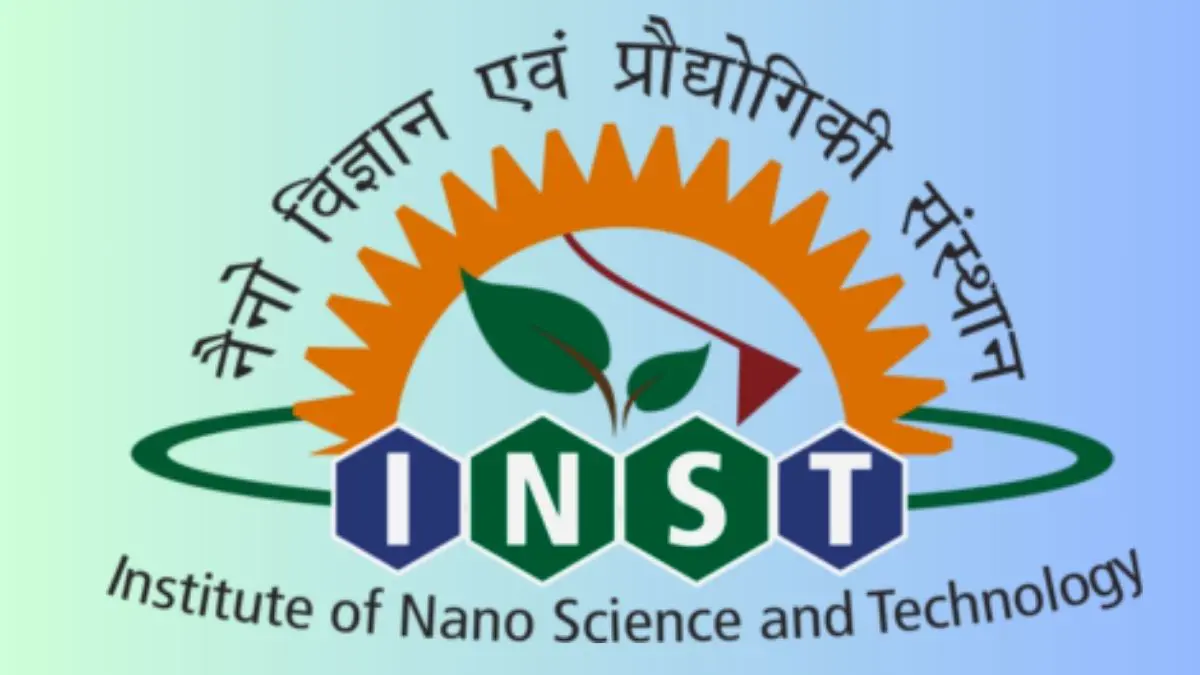Scientists at Mohali’s Nano Science Institute identify common biomarker for cancer detection
21 Feb 2025

A research team at the Institute of Nano Science and Technology (INST), Mohali has identified a common biomarker for early detection of a range of cancers, a development that would facilitate non-invasive early stage cancer diagnosis.
Researchers have found that the presence of nano messengers (Exosomes) provided a unique pathway to explore the tumour microenvironment (TME) in the case of tumour-derived cancer types like pancreatic and glioma cancer that develops in the glial cells of the brain and spinal cord.
Their findings suggest the potential of the exosomes for being considered as universal cancer biomarkers for cancer diagnosis. This offers a potential non-invasive method for early detection and treatment of cancer.
This is a significant development as cancers in the pancreas and glioma are often diagnosed late leaving less scope for effective treatment. There is an urgent need to reduce the gap between diagnosis and early treatment of cancer through non-invasive, reliable biomarkers.
Nano messengers (Exosomes), as carriers of tumour-derived metabolites, provide a unique opportunity to explore the tumour microenvironment (TME).
The INST research team consisting of Nandini Bajaj and Deepika Sharma, has identified metabolites in exosomes derived from pancreatic cancer, lung cancer and glioma cancer cell line as potential universal biomarkers having clinical applicability.
Further, they noted that insights into metabolic interactions within the tumour microenvironment offered a foundation for targeted therapies.
These metabolites that point to dysregulated pathways in the progression of tumour into cancerwould also facilitate non-invasive and precise cancer detection and therapeutic targeting.
The research findings could significantly improve patient care, especially through personalised, precision medicine treatments.
The research, published in the journal Nanoscale, would help enhance treatment efficacy and potentially reduce side effects.
.webp)





















